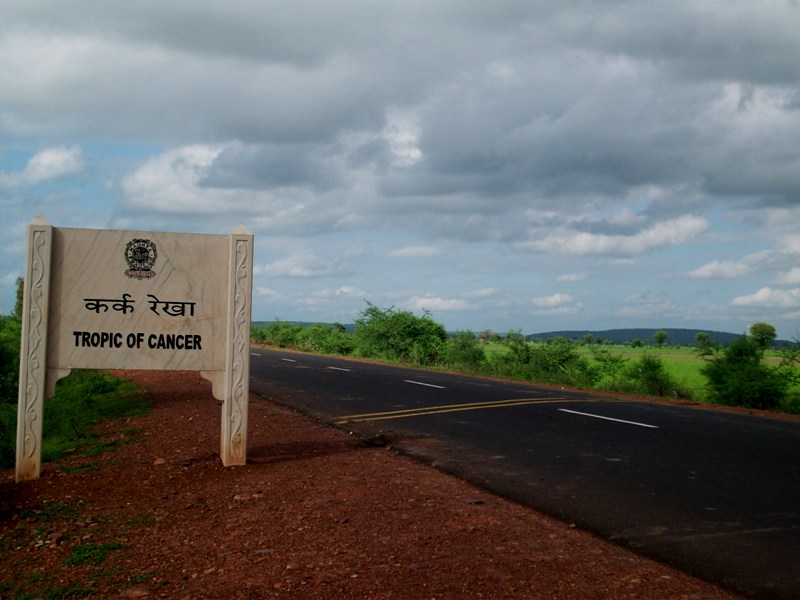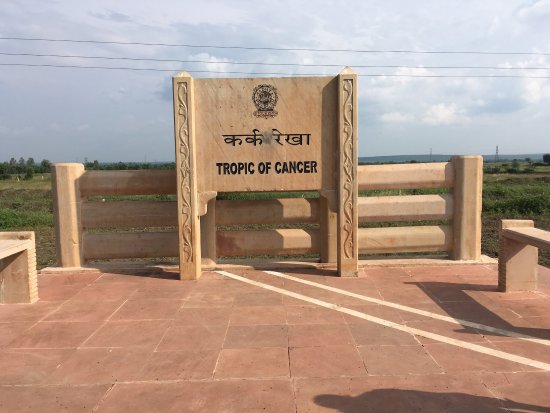Pachmarhi
Pachmarhi is a hill station in Hoshangabad district of Madhya Pradesh state of central India. It has been the location of a cantonment (Pachmarhi Cantonment) since British Raj. It is widely known as Satpura ki Rani ("Queen of Satpura"), situated at a height of 1067 m in a valley of the Satpura Range in Hoshangabad district. Dhupgarh, the highest point (1,352 m) in Madhya Pradesh and the Satpura range, is located here. It is a part of Pachmarhi Biosphere Reserve. Pachmarhi is famous hill station of central India. It is also famous for Satpura Tiger Reserve, Satpura National Park, Lord Shiva, Pandvas of Mahabharata.
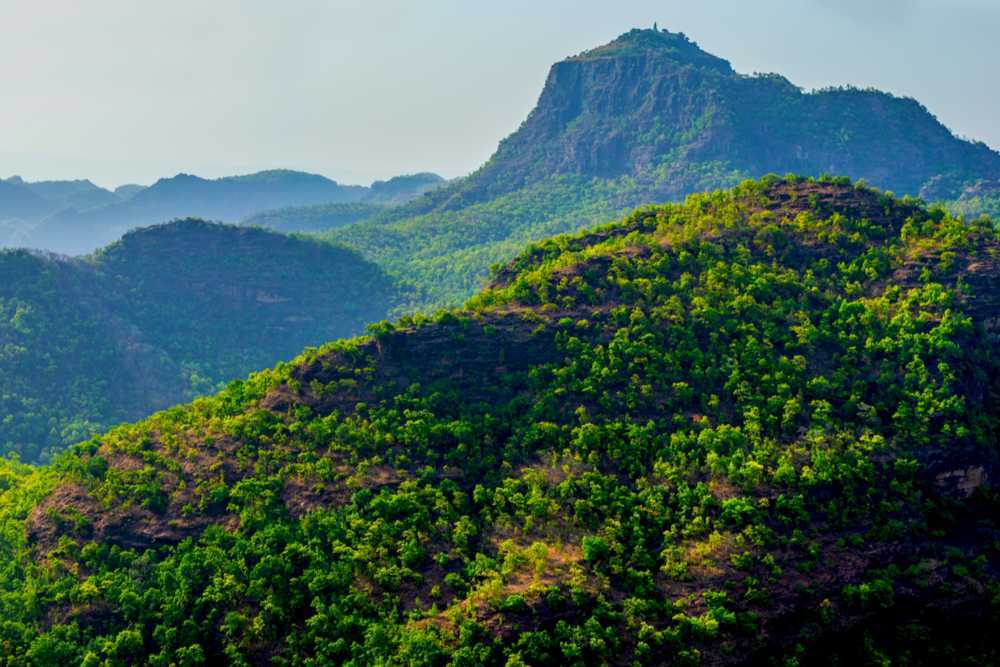
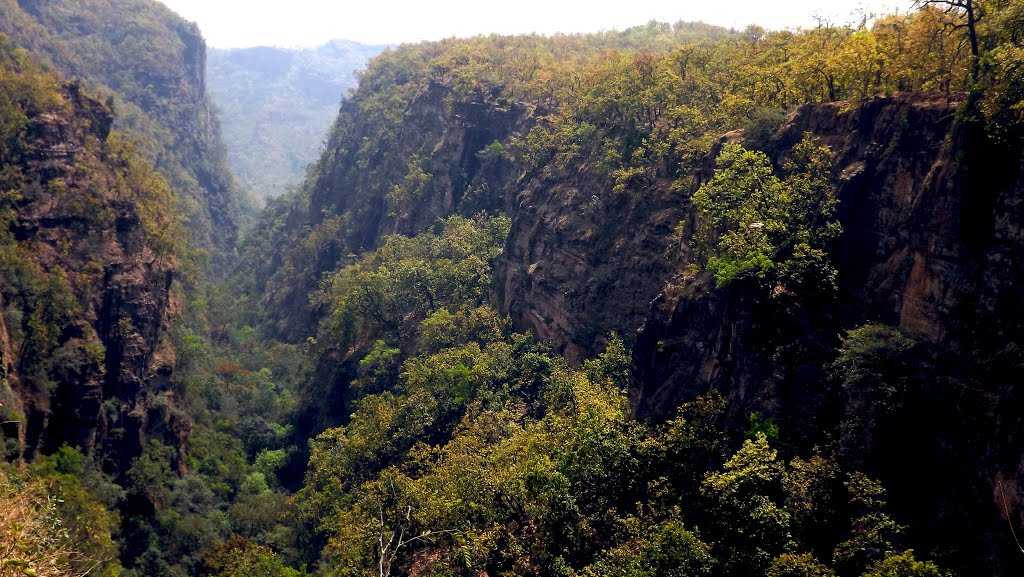


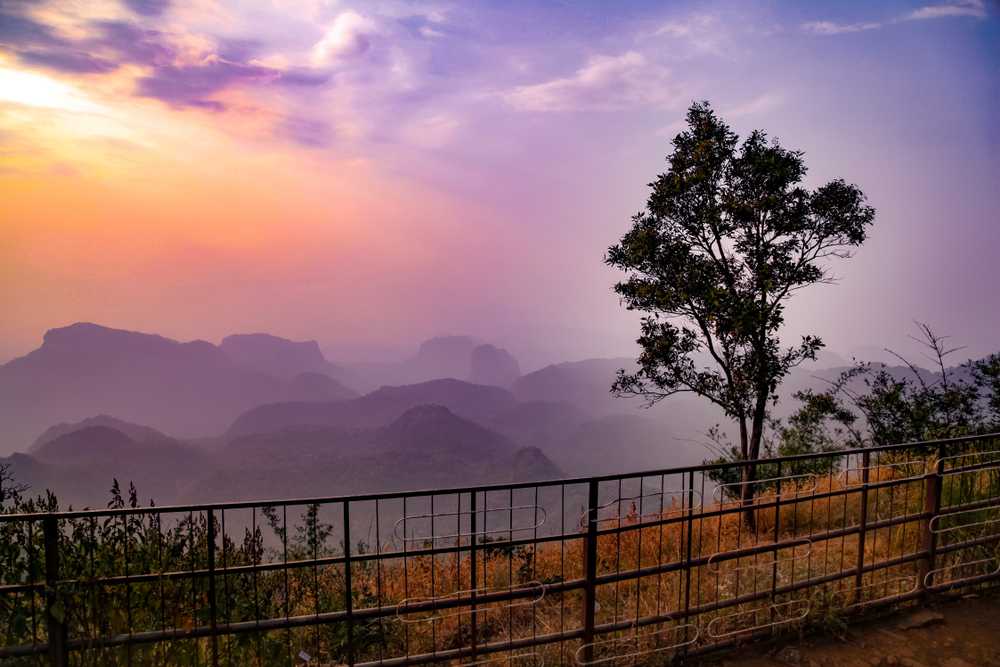




Bhojpur Tample
Bhojpur is famous for the incomplete Bhojeśvar temple dedicated to Shiva. The site is under the protection of the Archaeological Survey of India as a monument of national importance. The temple houses one of the largest liṅga-s in India, 5.5 m (18 ft) tall and 2.3 m (7.5 ft) in circumference. It is crafted out a single rock. The liṅga was repaired by the Archaeological Survey of India who also added a roof over the top to prevent weather damage.



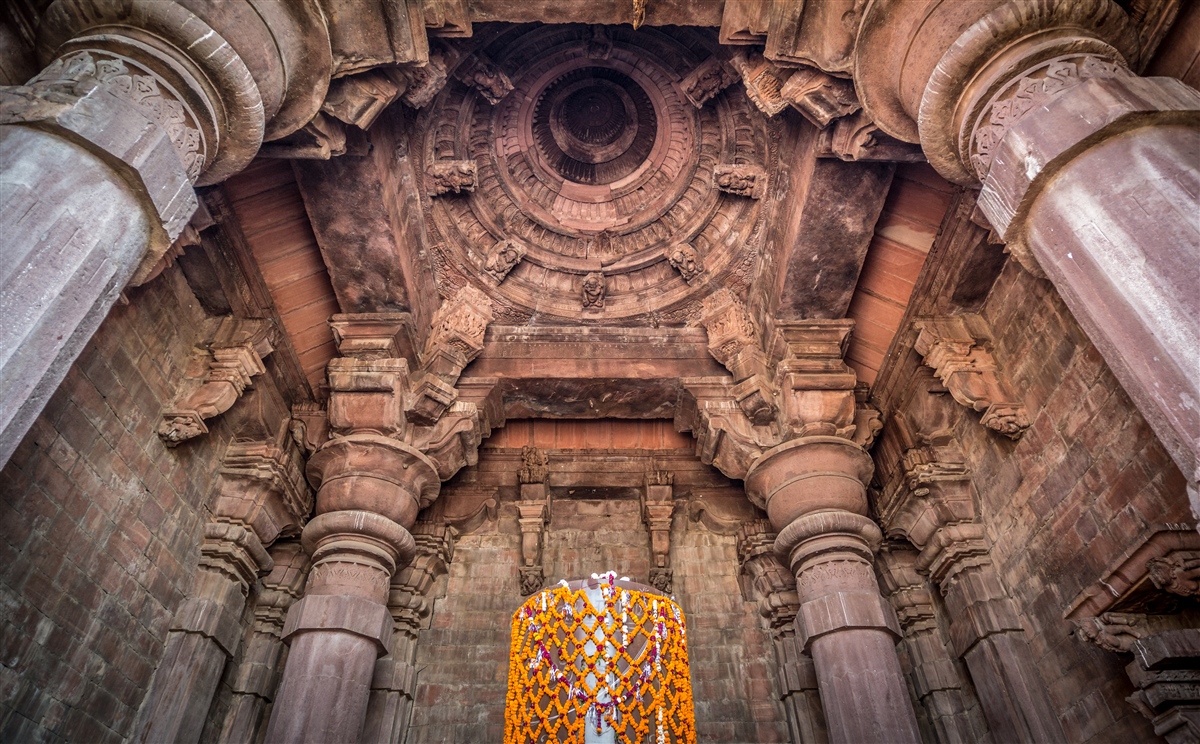
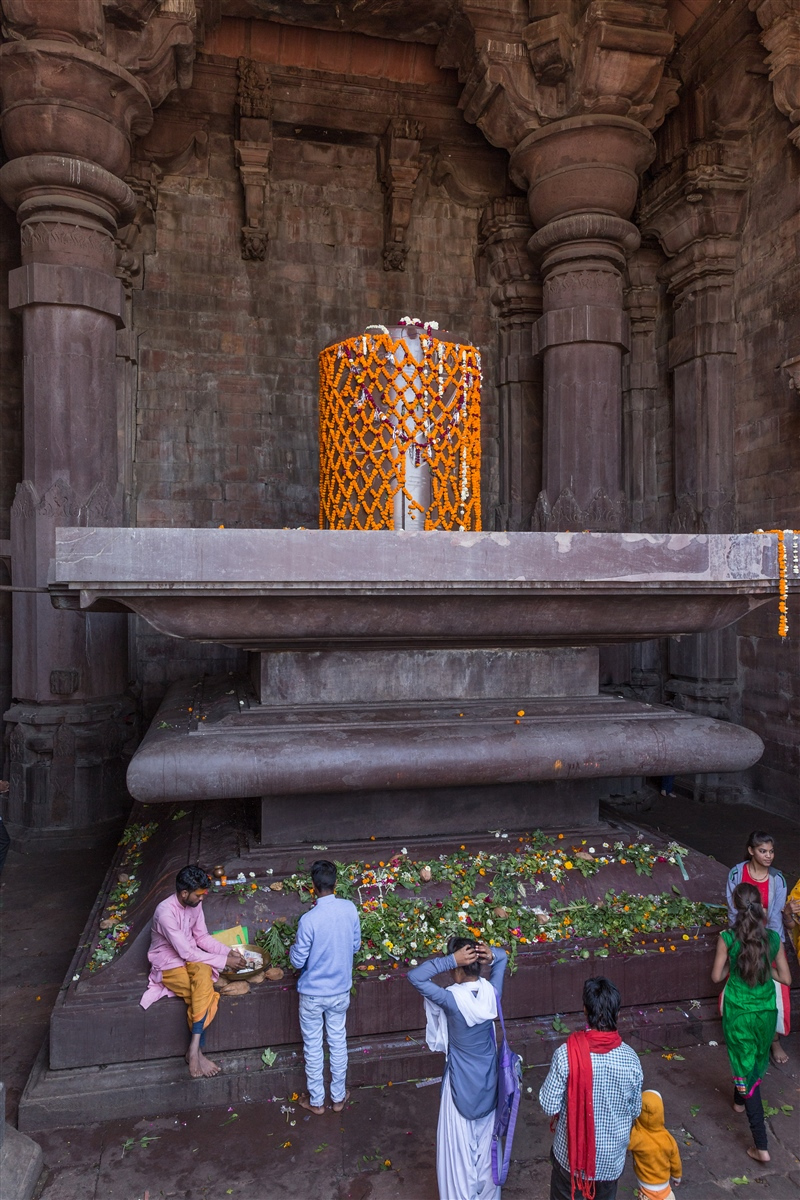
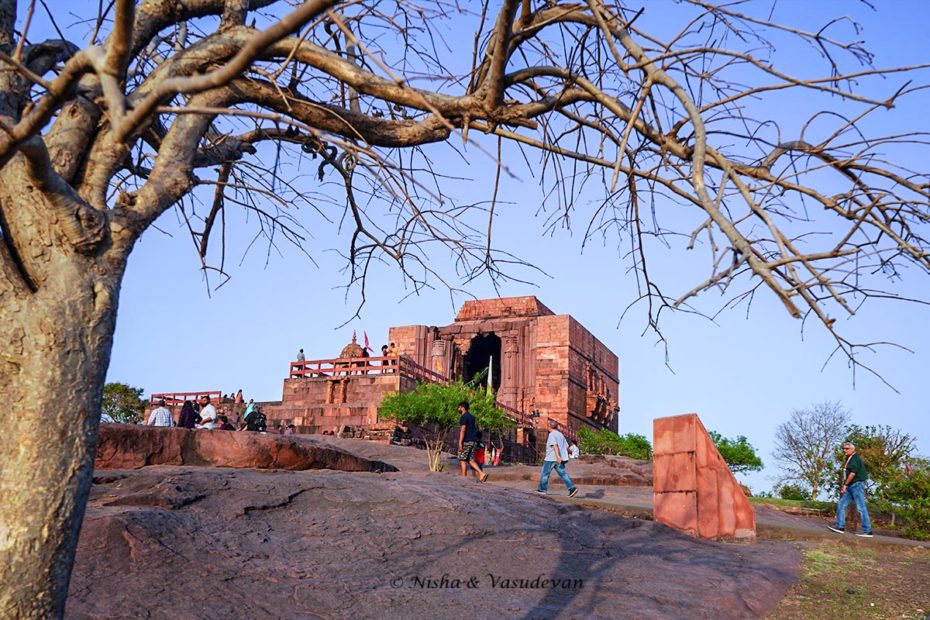
Sanchi Stupa
Sanchi Stupa is a Buddhist complex, famous for its Great Stupa, on a hilltop at Sanchi Town in Raisen District of the State of Madhya Pradesh, India. It is located in 46 kilometres (29 mi) north-east of Bhopal, capital of Madhya Pradesh. The Great Stupa at Sanchi is one of the oldest stone structures in India, and an important monument of Indian Architecture.[1] It was originally commissioned by the emperor Ashoka in the 3rd century BCE. Its nucleus was a simple hemispherical brick structure built over the relics of the Buddha. It was crowned by the chhatri, a parasol-like structure symbolising high rank, which was intended to honour and shelter the relics. The original construction work of this stupa was overseen by Ashoka, whose wife Devi was the daughter of a merchant of nearby Vidisha. Sanchi was also her birthplace as well as the venue of her and Ashoka's wedding. In the 1st century BCE, four elaborately carved toranas (ornamental gateways) and a balustrade encircling the entire structure were added. The Sanchi Stupa built during Mauryan period was made of bricks. The composite flourished until the 11th century.
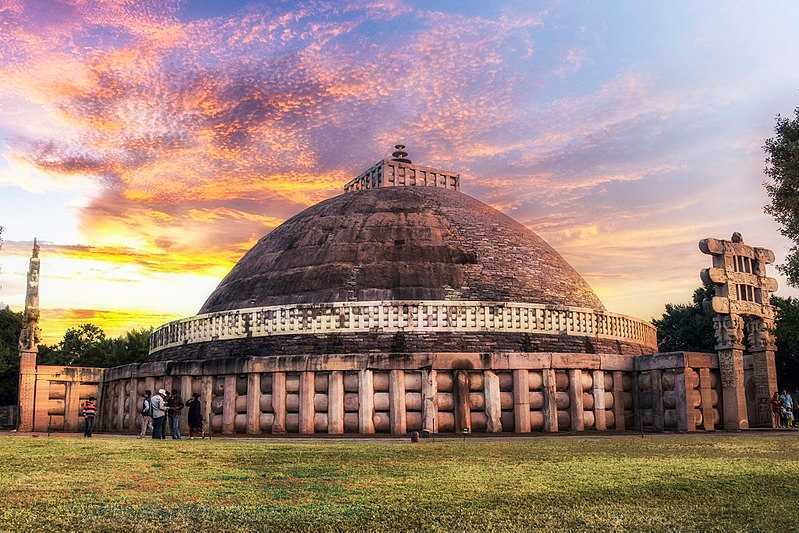





Halali Dam & Reservoir
Halali Dam is a lakeside reservoir built on the Halali River in Raisen. Formerly known as Thal River, the pristine lake is 47 km from Bhopal to Sanchi is Halali the tributary of Betwa river. The catchment area of this project is around 699 sq km. The colossal dam is quite popular among locals of Bhopal as an excellent spot for picnic and boat rides. Apart from this, the reservoir is home to aquatic life forms such as catla, mrigal, mystus, rohu and chitala.
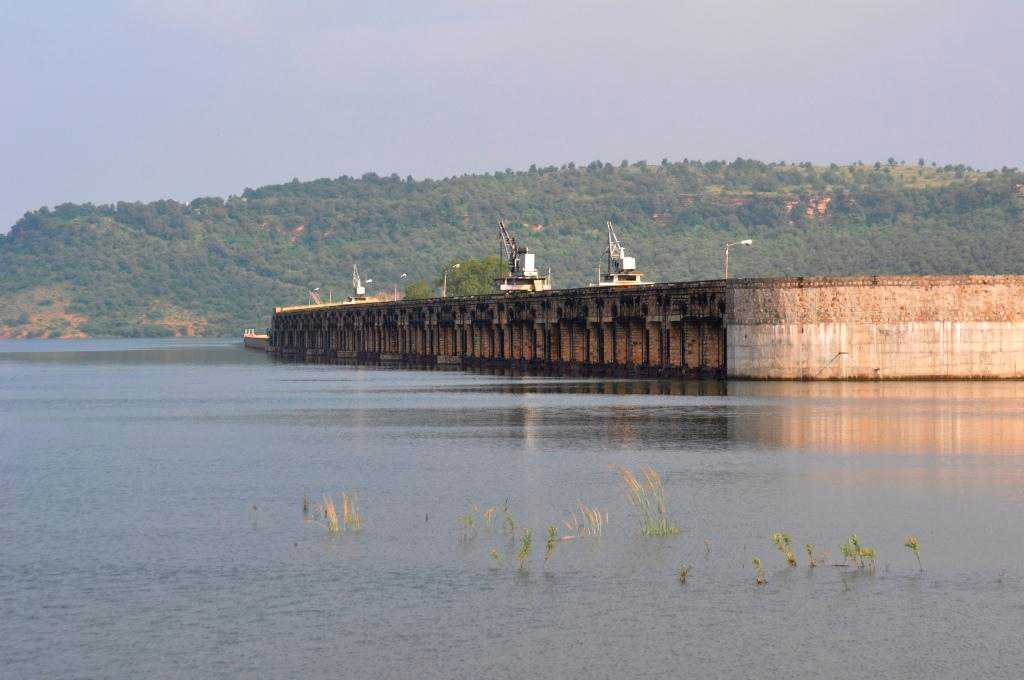
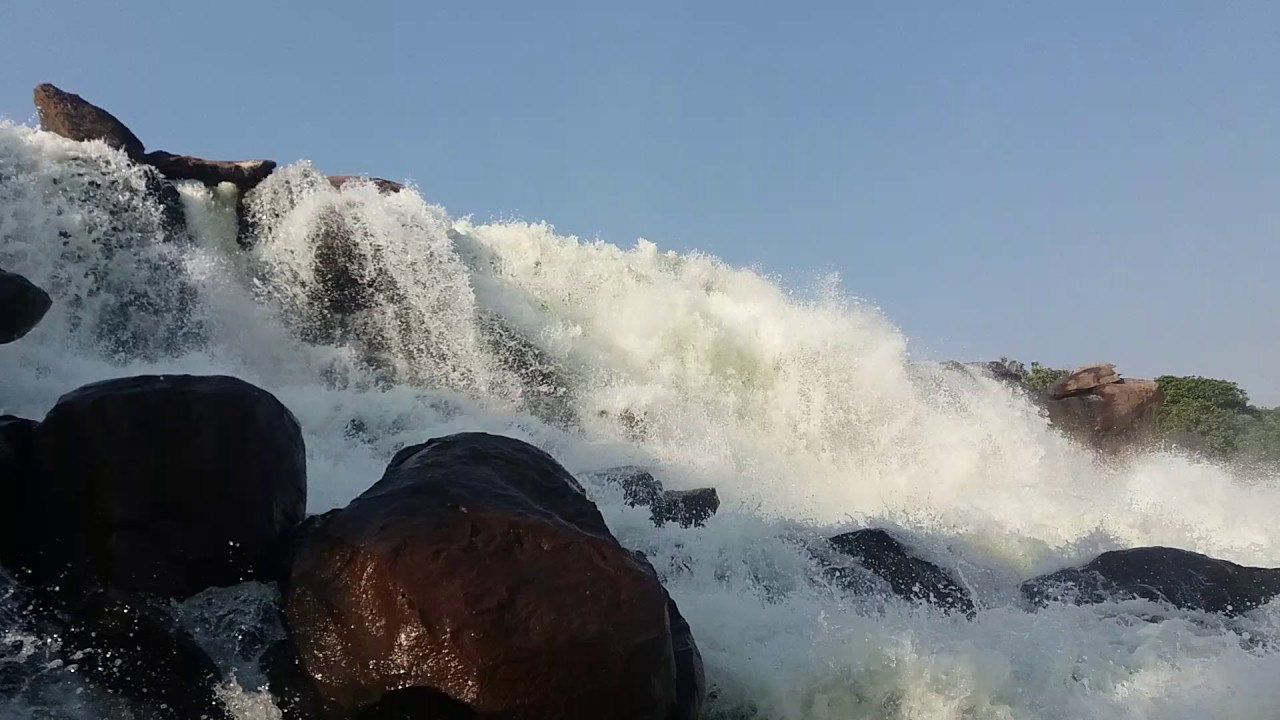

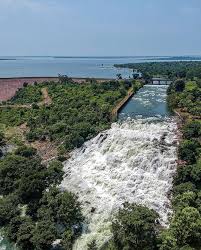
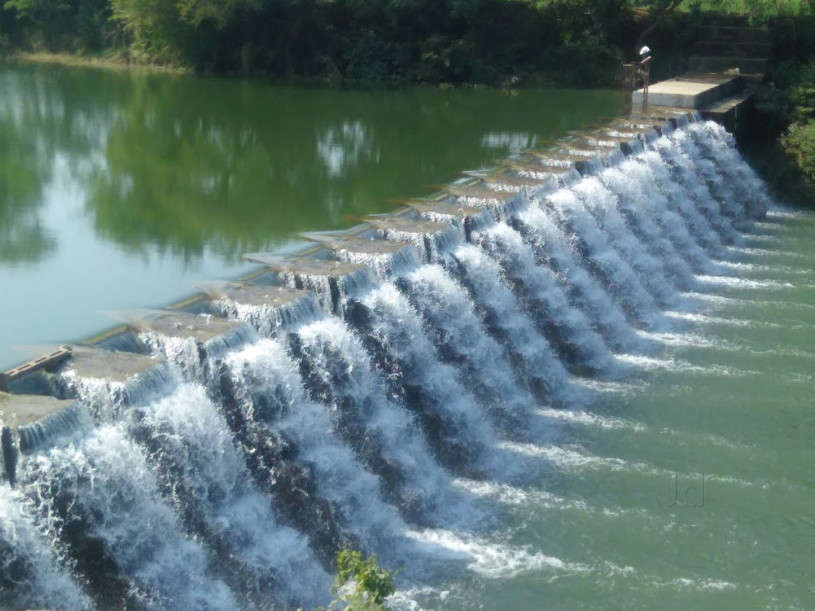

Bhimbetka rock shelters
The Bhimbetka rock shelters are an archaeological site in central India that spans the prehistoric paleolithic and mesolithic periods, as well as the historic period. It exhibits the earliest traces of human life on the Indian subcontinent and evidence of Stone Age starting at the site in Acheulian times. It is located in the Raisen District in the Indian state of Madhya Pradesh about 45 kilometres (28 mi) southeast of Bhopal. It is a UNESCO world heritage site that consists of seven hills and over 750 rock shelters distributed over 10 kilometres (6.2 mi). At least some of the shelters were inhabited more than 100,000 years ago. The rock shelters and caves provide evidence of, according to Encyclopædia Britannica, a "rare glimpse" into human settlement and cultural evolution from hunter-gatherers, to agriculture, and expressions of prehistoric spirituality. Some of the Bhimbetka rock shelters feature prehistoric cave paintings and the earliest are about 10,000 years old (c. 8,000 BCE), corresponding to the Indian Mesolithic. These cave paintings show themes such as animals, early evidence of dance and hunting. The Bhimbetka site has the oldest known rock art in the Indian subcontinen



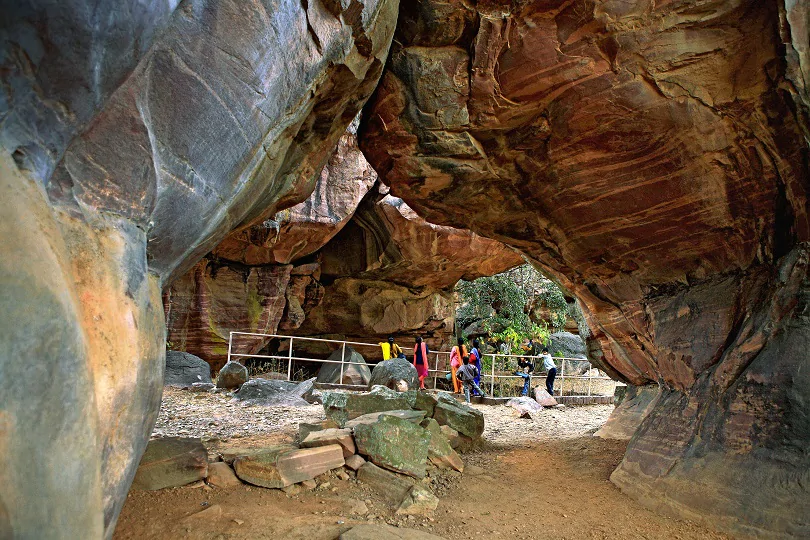


Raisen fort
The Raisen fort is situated at the peek of a hill and has been known for Shiva temple and Mahashivaratri celebrations. A working ancient cannon is also placed on the hill which is used during Ramadan for the announcement of sunset.



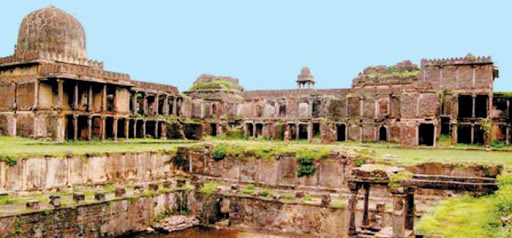

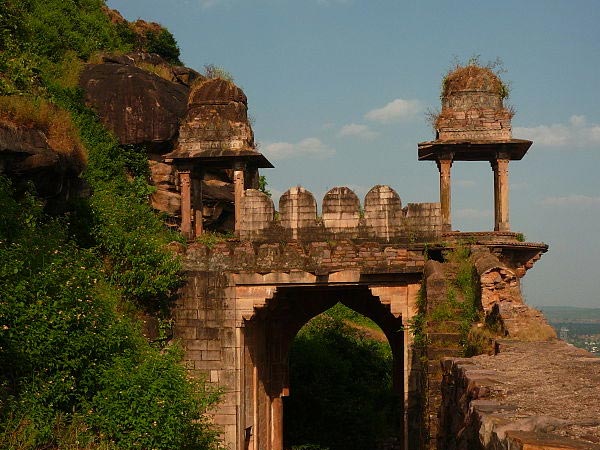
Charming Tawa Madhai
Tawa The Tawa Dam & Reservoir offers a scenic escape from the hustle bustle of city life. It is set amidst lush greenery, and offers much scope for adventure. Sunsets viewed from the dam are especially enchanting. Even more enchanting is the lake cruise, which takes you on a serene hour-long ride along the dreamy little islands dotting the reservoir and the panoramic hills of the Satpura to Churna. Here you can indulge in a jungle safari at the Satpura Tiger Reserve. Madhai Madhai is located at the entrance of the most exquisite and beautiful forests in India - Satpura. Few places in the world can compete with its raw wilderness, absolute tranquillity and the air of mystique. It delights you with its rich wildlife, sprawling meadows, unending backwaters and spell-binding views that leave you awestruck and get you to be completely in sync with the magic of nature.






Mahadev Paani Waterfall Trek
Mahadev Paani (Lord Shiva's waters) is a small and unexplored tourist spot on the near Raisen road (NH86) about 15-20 kms form main city, near a small village named Sehatganj. It has a small dam, its reservoir, small waterfalls amid extensive rocky surface.



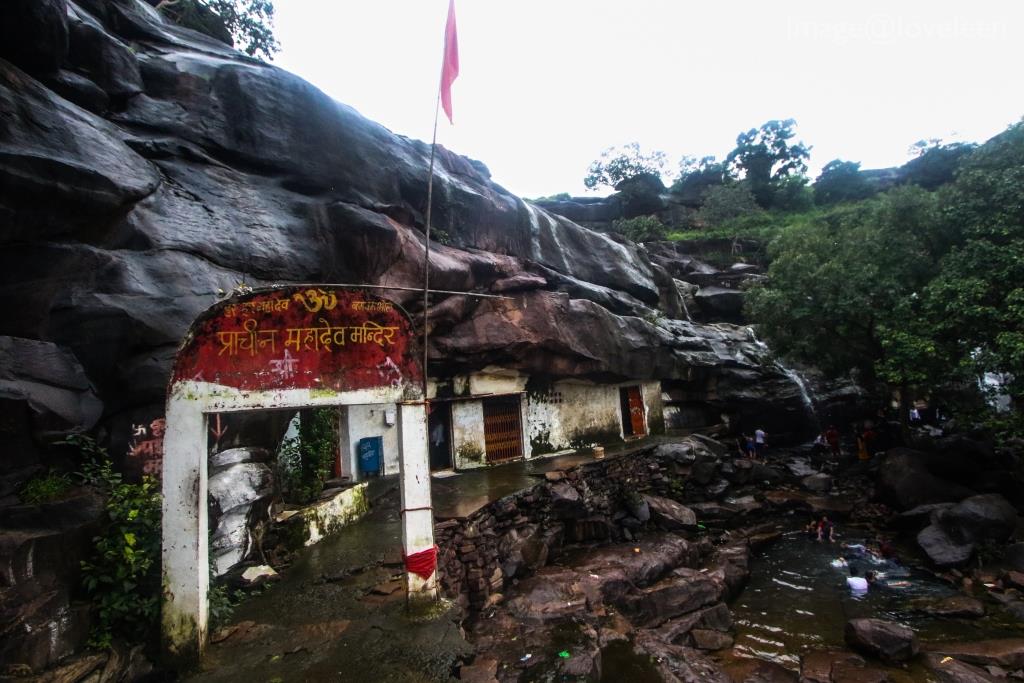

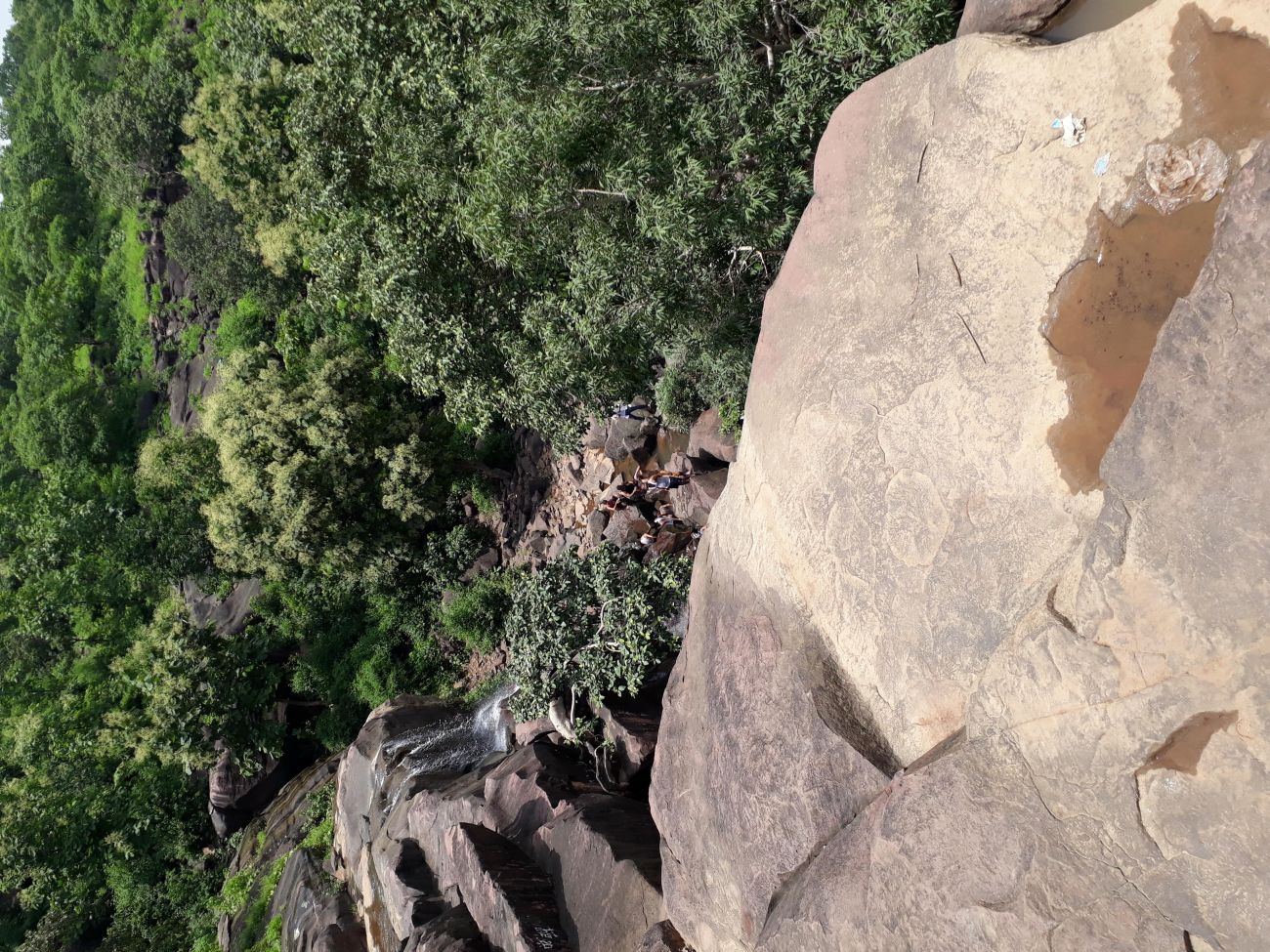
Topics of Cancer
The Tropic of Cancer, also known as Kark (= Cancer) Rekha (=Line) passes through 14 districts of M.P, namely Ratlam, Ujjain, Shajapur, Rajgarh, Sehore, Bhopal, Vidisha, Raisen, Sagar, Damoh, Katni, Jabalpur, Umariya and Shahdol. It is responsible for the harsh climate that the region of Madhya Pradesh is known for.

